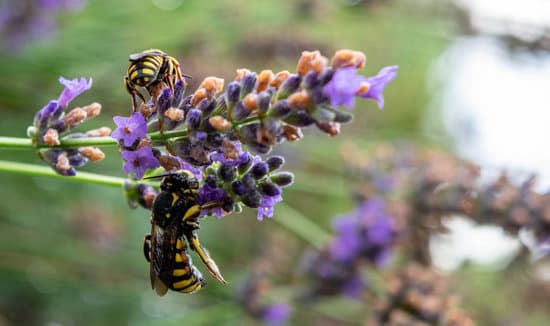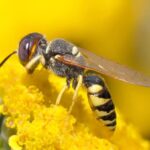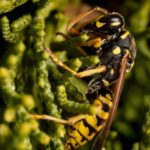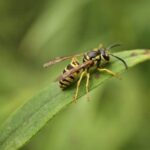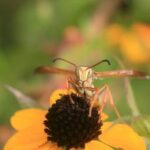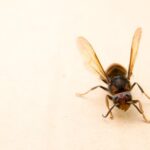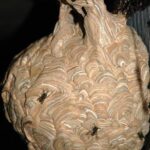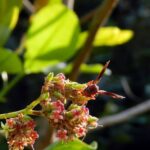Why Is There Wasps in Figs?
Figs are a type of fruit that is usually grown in balmy climates. They are native to the Mediterranean region. They have a mutualistic relationship with many wasps. Wasps are essential to pollination of some figs.
There are two main groups of wasps that live in figs. The first is the pollinating wasps. These wasps collect pollen from flowers inside the fig and transport it to the next fig. The second group is the non-pollinating wasps. They feed off the fig tree and live in the fig. Their life cycle is similar to that of the pollinating wasps.
The pollinating wasps enter figs through a small hole at the base of the hardened fruit. They must find a safe place to lay their eggs. They then lay eggs in the syconium, which is the cluster of flowers that resembles fruit. Some flowers do not produce seeds, so the wasp lays their eggs inside the ovary.
Once the female wasp lays her eggs, she dies. Her body is broken down by a special enzyme in figs, ficain. The fig breaks down the wasp’s exoskeleton and re-uses the nutrients to nourish the fig. Figs also break down foreign proteins.
The pollinating wasps are very similar to the non-pollinating wasps. Both wereps feed off the fig tree. The only difference is that pollinating wasps lay eggs. Figs also produce a special substance that breaks down the exoskeletons of both wasps.
The pollinating fig wasp is a stinging insect. It is about 1.5 millimeters in size. It enters figs through a small opening and burrows into the fruit. The female wasp lays eggs in the fig’s flowers. She also collects pollen from the flowers.
